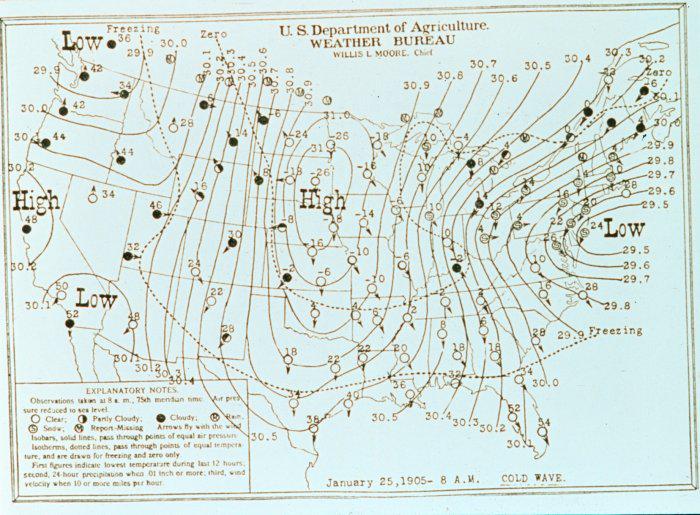This blog post provides a brief history of METAR codes, reflecting on their inception, evolution, and the role they continue to play in modern aviation.
The Dawn of Aviation Meteorology
The history of METAR codes is deeply intertwined with the development of aviation and meteorology. The term METAR is derived from the French phrase “Message d’observation météorologique régulière pour l’aviation,” which translates to “Regular Meteorological Observation Message for Aviation.”
World War I and the Need for Standardization
The first semblance of standardized weather reporting for aviation came about during World War I. The need for pilots to understand the weather conditions across different fronts called for a uniform system. This led to the development of basic codes that could be transmitted quickly and understood universally by allied forces.
The Formation of the International Civil Aviation Organization (ICAO)
After the war, the increased pace of civil aviation highlighted the inadequacies of these early systems. It wasn’t until the establishment of the International Civil Aviation Organization (ICAO) in 1947 that the first standardized format for aviation weather reporting was developed and recommended for worldwide use.
The Introduction of METAR Codes
The METAR code format was introduced in the 1960s, with the aim of providing concise and accurate weather information. These reports were initially transmitted via telegraphy and were composed of groups of letters and numbers that detailed weather observations in a standardized form.
The Digital Revolution and METAR
The advent of computers and the internet in the latter half of the 20th century revolutionized how METAR codes were disseminated. No longer constrained by the limitations of telegraphy, detailed weather reports could be shared instantaneously across the globe, enabling pilots and meteorologists to make more informed decisions.
METAR Today
Today, METAR codes are an essential part of every pilot’s pre-flight briefing. They are generated by automated weather stations equipped with a variety of sensors, providing up-to-the-minute information on the weather conditions at airports worldwide. The structure of METAR codes has evolved to include information on temperature, dew point, wind, pressure, visibility, cloud cover, and present weather phenomena.
The Future of METAR Codes
As technology continues to advance, the future of METAR codes may see even more precise and predictive weather reporting, potentially incorporating real-time satellite data and AI-driven weather forecasting models. Despite these advancements, the core purpose of METAR—to convey critical weather information swiftly and accurately—will undoubtedly remain unchanged.
Conclusion
From their rudimentary beginnings to their current status as a staple of aviation safety, METAR codes have come a long way. As we look back at their history, it’s clear that the evolution of METAR codes is a testament to the relentless pursuit of safety and efficiency in the ever-expanding realm of aviation.

